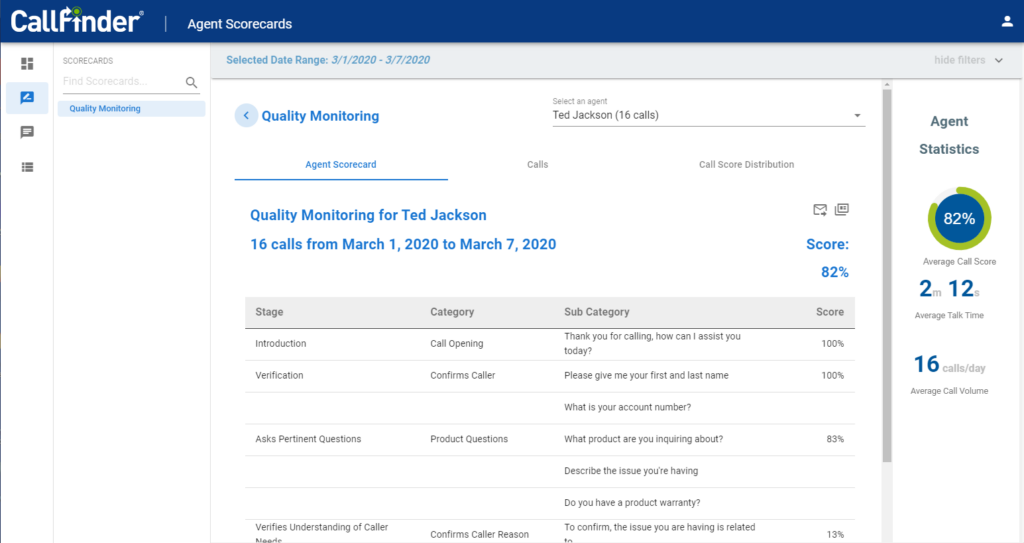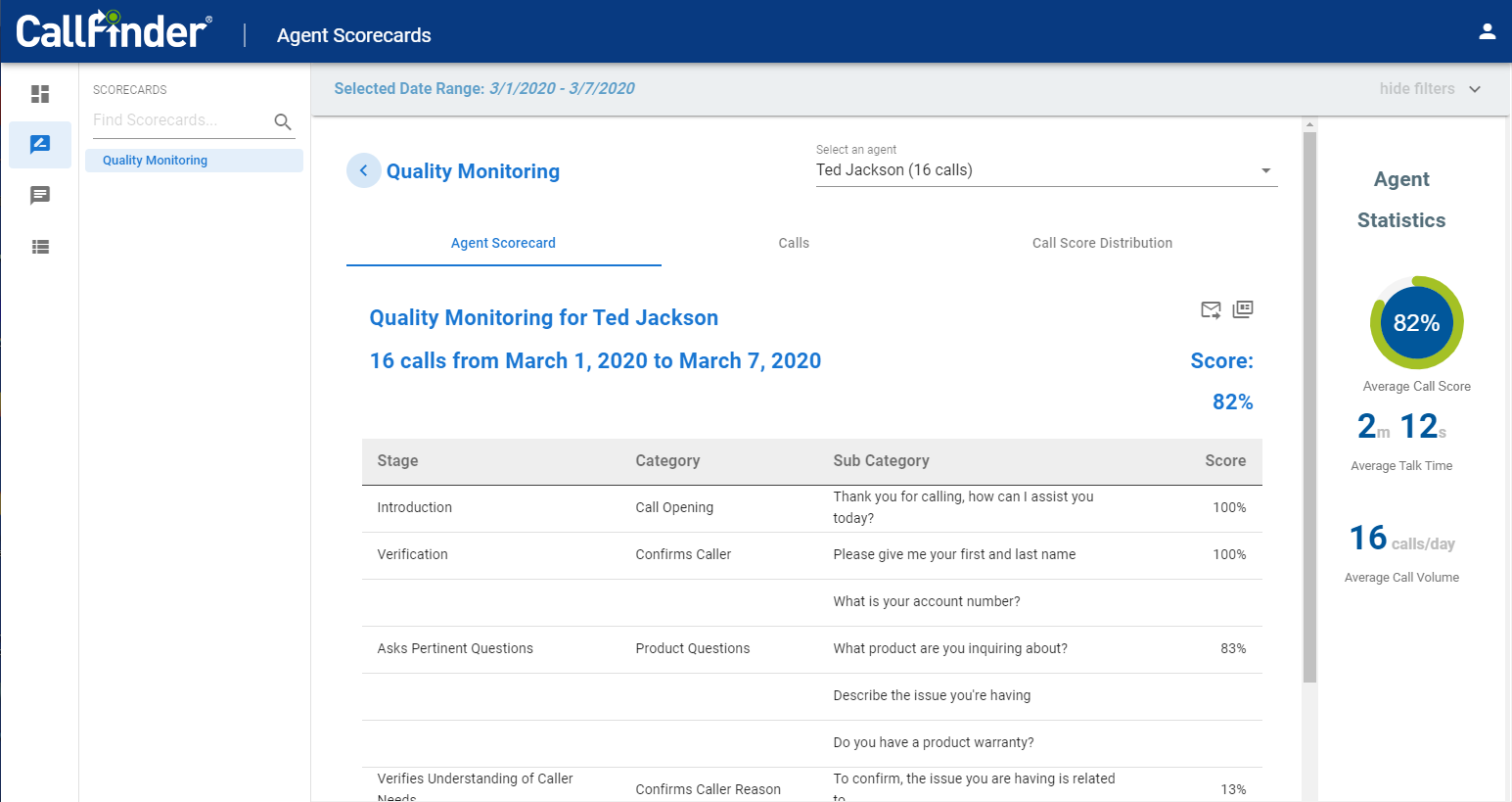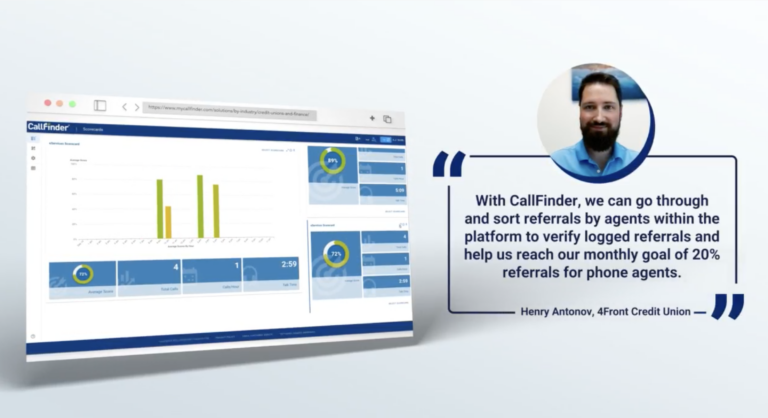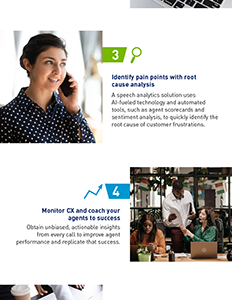
As contact center agents are now required to work from home, agents and managers are met with the same work-from-home challenges as everyone else. One of those challenges is figuring out new ways to keep agents engaged. But QA managers were dealing with agent engagement concerns before COVID-19 changed the face of the workplace.
That’s because employee turnover has long been a benchmark for employee engagement. And it is widely known that agent attrition can be extremely costly for contact centers and BPOs.
In a recent ICMI article, Ron Davis–the founding CEO of Tenacity–puts the cost of agent attrition into perspective:
“If these companies knew how much money they were losing right out from under their noses, there is no doubt they would try much harder to fix the problem.”
That’s why rather than view working from home as a challenge, businesses should use this as an opportunity to fully evaluate their quality monitoring processes. Implementing an automated quality management solution with call scoring should be the first step.
With that, here are five easy ways you can engage your WFH agents with scorecards.
1. Create a Baseline for Agent Performance
Your contact center agents will never know how to improve without a baseline to compare to. When you are dealing with hundreds or thousands of calls each day, there’s no way to provide the agent with feedback by manually listening to calls. Automated scorecards create a baseline by scoring every agent and every single agent-customer interaction; they also give managers a tangible tool to refer to during individual training.
For instance, you can score individual agents by how many times the agent used the proper introduction, verified the account number, and a variety of other sub-category phrases. You can also categorize scorecards by category, such as Product Questions or Call Opening, to better organize training materials.

This initial scorecard will set the baseline for the agent and manager. Then you can create benchmarks for the agent and goals to meet within a certain time period. Providing goals is a great way to keep contact center agents engaged and offer transparency to help build trust.
2. Connect Agents to Business Goals
Agents who feel that they are contributing to a larger goal are also more engaged. Let’s say improving the customer experience is one of your main business goals for the year. With automated scorecards, you can score agents on how well they interact with customers and review the results in a quantitative manner.
Look at what appears to get positive feedback from customers, and what simply does not. These are key metrics that help managers figure out how to build customer loyalty and keep customers happy. And they provide agents with a comprehensive understanding of how well they are performing. When agents feel connected to a larger purpose, they are more likely to be invested in the company.
3. Provide Autonomy and Equality
Scorecards provide a consistent scoring methodology across agent teams by identifying the criteria that make a call successful. Managers can use these insights to compare agent performance against a predetermined set of standards. This process eliminates bias and works to improve quality assurance monitoring equally across the board.
When you eliminate bias, then agents feel as if they are granted ownership of meeting their goals. This autonomy keeps them engaged and more satisfied with their job.
4. Show Agents Their Value
When managers are able to analyze 100% of customer interactions, they get a clear, 360-degree view of agent performance. From there, they can adjust business and product strategies, as well as improve training programs, to address the gaps. This process provides value to the business because it helps develop goals and targets that will result in efficiency, revenue generation, and customer satisfaction.
But managers often neglect to share this with their agents. Scorecards deliver accurate, quantifiable results automatically. Sharing these results with agents gives them a tangible representation of their value in the company.
5. Promote Friendly Competition
There’s no better way to motivate contact center agents than to create a friendly competition. And the employees who do the best work deserve to be rewarded. Scorecards help keep tabs on which agent teams are performing the best. When agents see rewards going out to those who do the best work, they are more likely to improve their performance in order to receive those rewards.
Schedule a demo or ask us about a Proof of Concept so that we can show you how CallFinder’s Automated Quality Monitoring Solution and scorecards can be used in your contact center.
(Read more on agent attrition rates and managing WFH employees in our recent white paper, “How To Manage WFH Agents & Monitor Customer Interactions With Cloud-Based QA Technology”)











